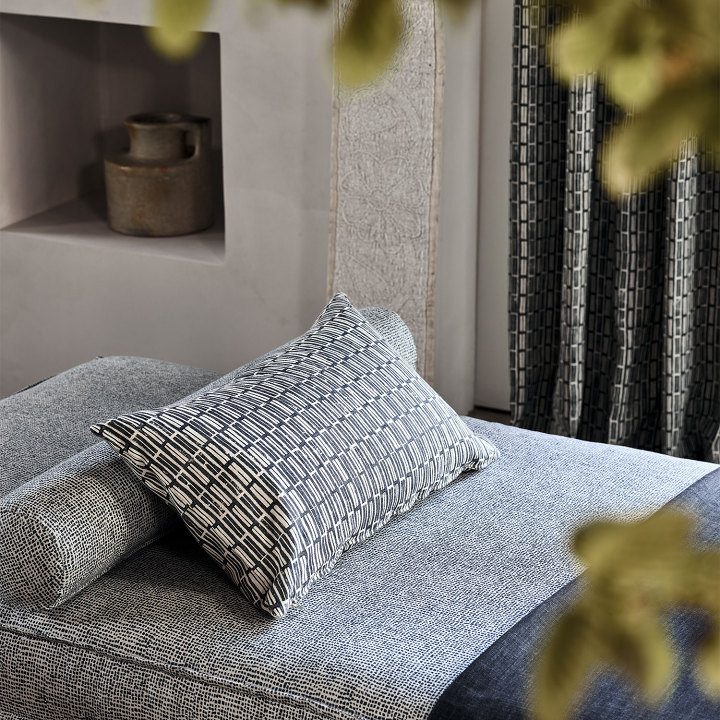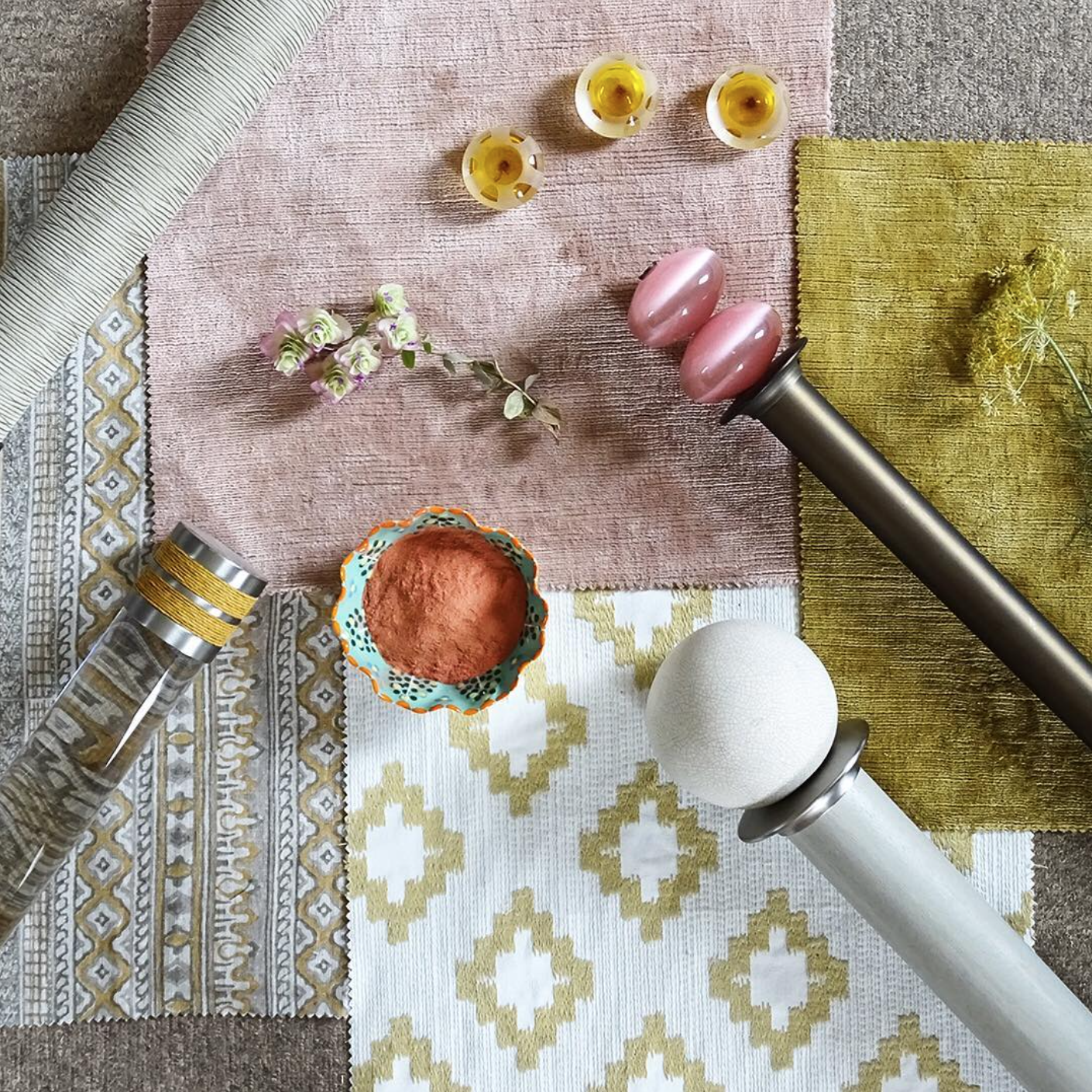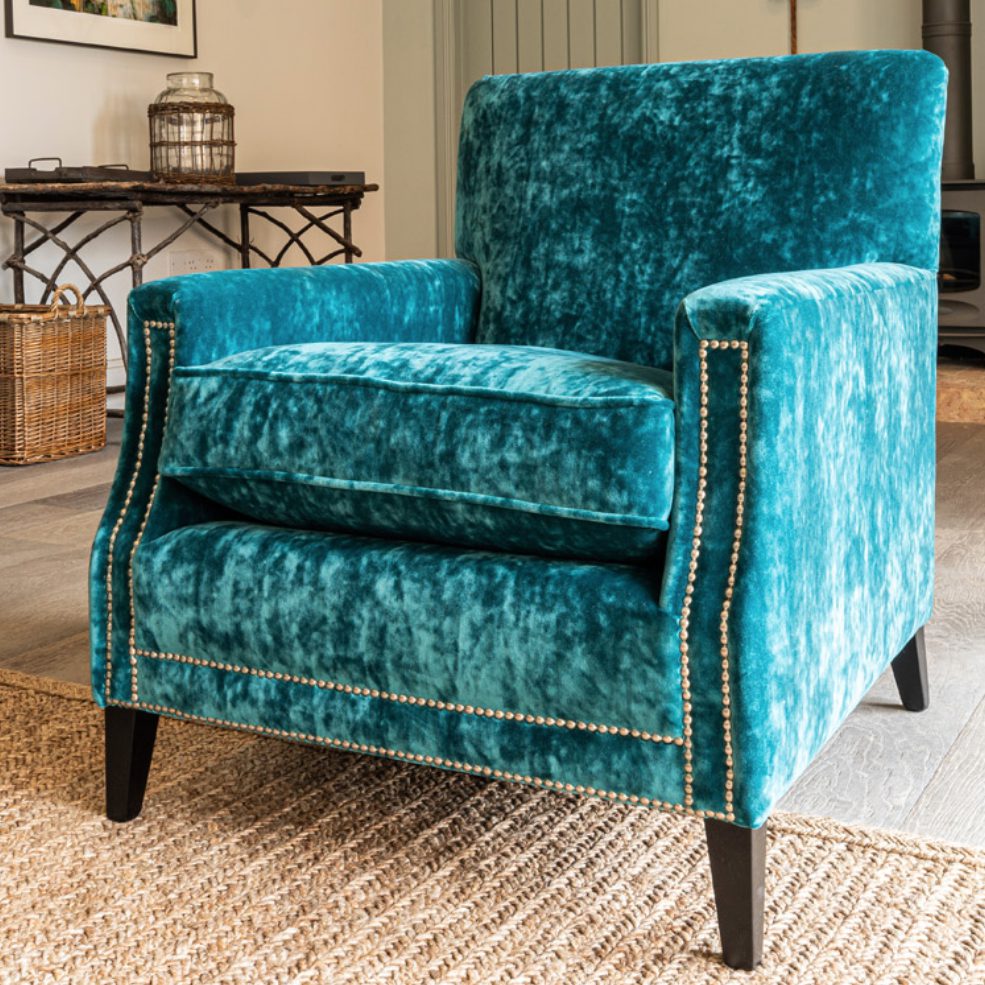Eco-Friendly Interior Design
What is sustainable interior design?
It’s about creating a beautiful space using products that have minimal impact on the environment.
Where to start
Doing absolutely nothing would be the most environmentally friendly decision for your home interior. Yet TV programmes and magazines encourage us to buy the latest trends and fashions. But don’t rip everything out just because someone says it isn’t in vogue. If you like it, don’t change it.
However, if you need to update your decor, do it with care and consideration.
Take a look around the room you want to improve and really think about what you absolutely need to change. Could that carpet be professionally cleaned, rather than sent to landfill? How about recovering that sofa, instead of throwing it out? Rather than purchasing brand new furniture, consider picking up pre-loved items, and give them a new lease of life with a quality makeover. Or have a craftsmen make you something.
Then it’s about avoiding being ‘greenwashed’. This is when something has the impression it is green, but in reality it isn’t. It can be a minefield out there, so allow me guide you.


Why choose Ziboh Interiors?
Many home retailers claim to sell ‘green’ products, but not everything is as virtuous as it appears at first glance. Most products are still mass produced and shipped from the other side of the planet. Worse still, they can contain plastics, even when you wouldn’t expect.
The same can be said for interior design companies. Those who sell a few token green products alongside a vast array of products that are far from green. In my book, that’s not good enough.
Based here on the Isle of Wight, I supply nothing but sustainable and eco friendly products to clients.
I put sustainability at the forefront of my work, bringing a more responsible approach to interior design. I only offer my clients products that come from companies who manufacture according to the principles of longevity and sustainability.
I question everything. Where was a product is made? Who made it and were the workers treated well and paid a fair wage. What is something made from? Are there any nasty chemicals? Can it be fully recycled at the end of its useful life? Is it biodegradable?
It’s impossible to be 100% perfect – and that’s not what I’ve set out to be – but I will do my upmost to only offer my customers sustainable and ethical products that have a lower impact on our planet, buying from manufacturers who share my values.
After every project, I donate a proportion of the project’s value to an ethical tree planting cause. Not one that has a monoculture method of planting – that is not beneficial to nature, and is a form of greenwashing. I choose organisations that align with my values, and rotate between National Trust, The Tree Council, Woodland Trust and Trees for Cities. Or if you have a charity in mind, then I am happy to consider that too.


Luxurious eco-friendly fabrics
From luxuriously soft cotton velvets to elegant finely woven linens, there’s a superb choice of eco-friendly fabrics in a huge palette of colours. Even discarded plastic bottles can be turned into yarn and woven into softly draping, tactile fabrics. They are durable, making them a great choice for upholstery, as well as curtains and cushions.
You do not need to drape sack cloth at your windows to be eco-friendly. Sustainable fabrics can be just as luxurious and tactile as other fabrics.
The fabric ranges I offer my clients are woven and printed in the UK or within Europe. Most are woven using natural fibres that can be recycled at the end of their life, and have not been made using harsh chemicals. Many have OEKO-TEX®, or GOTS, or other sustainable certification.


Sustainably dressed walls
The word wallpaper is a misnomer, and fools people into thinking all wallpaper is made from paper. But most wallpapers these days are paste-the-wall (otherwise known as ‘non-woven’) which contain a mixture of synthetic and natural fibres which are combined with binders and reinforced with acrylates.
But there are plenty of alternatives, from 100% paper to grasscloths, and even cork. Also think beyond wallpaper. Murals can be painted, and walls can be given a dramatic look with the use of oversized stencils or hand-blocked to mimic wallpaper.


‘Green’ paints (in other colours too!)
Just because a paint is water-based, it does not mean it is environmentally friendly, nor ok healthwise.
My paint manufacturers of choice are Edward Bulmer and Graphenstone.
Edward Bulmer’s paints are so natural, they list ALL the ingredients on their tins and website. They have nothing to hide. Ask any of the high street brands, and see if they will tell you exactly what’s in their paint. Even those that claim to be eco friendly.
Graphenstone is a cradle-to-cradle manufacturer combining lime and graphene to form the ultimate ecological natural coatings and paints in the world. Their products have superior performance and covering properties and, thanks to their flexibility, do not crack nor flake. Graphenstone offer a wide range of colours in finishes for walls, ceilings, woodwork, metal and exteriors.


Sustainable lighting
Lighting is often forgotten about until the end of a project, but it is paramount to plan for it at the beginning. A room should always feel welcoming. Good lighting is not the same as bright lighting. Good lighting transforms a space into somewhere that is warm and inviting, and gives the feeling of relaxation.
It is important to introduce layers of light to provide multiple light sources for everything from function to ambience.
It’s also important to buy high quality LED lightbulbs. Ones that have a good CRI (Colour Rendition Index), which replicate the light omitted by halogen and tungsten bulbs. This alone can make or break a room.
Sustainable lighting is handcrafted, not mass produced or shipped across the world wrapped in polystyrene. Look for companies that make their light fittings here in the UK.


Sustainable furniture
There are three approaches to sustainable furniture. The first is taking a look at what you already own, and seeing if something can be given a new lease of life. The second is shopping in an antique shop or online for something pre-loved. The final approach is buying new, but ensuring your purchase is an eco-friendly one.


